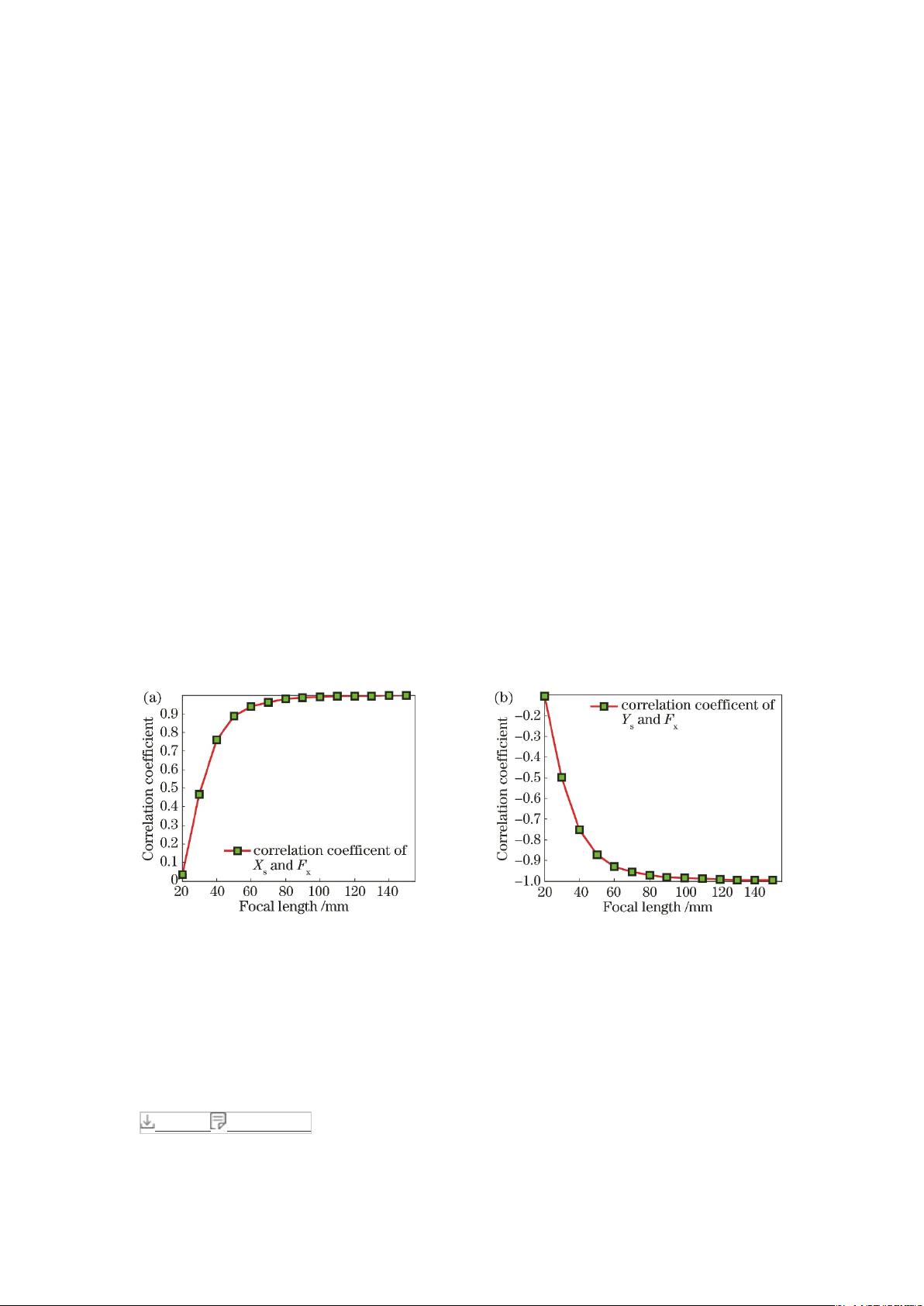"基于圆锥曲线和直线融合特征的长焦相机高精度标定方法研究"
版权申诉
32 浏览量
更新于2024-02-29
收藏 1.57MB DOCX 举报
Abstracting at the bottleneck of telephoto camera calibration, a novel calibration method based on conics and line fusion features is proposed in this study. The article explores the formation mechanism of ill-conditioned calibration equations of telephoto cameras and designs a concentric half-circle planar template based on the unique properties of perspective transformation, such as invariant cross ratios and invariant tangents. By combining the normalized line homography estimation method and partial regularity estimation theory, the high-precision and robust initial values of the internal and external parameters of telephoto cameras are solved.
Taking into account the influence of lens distortion, the method introduces the line segment integral distance measure and uses the minimization of the distance from the model line to the projection plane as the objective function. Nonlinear iterative optimization algorithms are then employed to solve the calibration parameters. Simulation and experimental results demonstrate the correctness and effectiveness of the proposed telephoto camera calibration method. Furthermore, compared to traditional calibration methods, the proposed method exhibits superior calibration accuracy and robustness.
In conclusion, the proposed calibration method based on conics and line fusion features effectively addresses the existing challenges in telephoto camera calibration. By leveraging the unique properties of conic curves and lines in perspective transformation, the method achieves high precision and robust solutions for the internal and external parameters of telephoto cameras. The introduction of the line segment integral distance measure further enhances the calibration accuracy, making the proposed method more effective and reliable. Overall, the study contributes significantly to the advancement of telephoto camera calibration technology and provides a solid foundation for future research in this field.
207 浏览量
171 浏览量
2023-02-23 上传
2024-08-31 上传
2023-02-23 上传
2024-08-31 上传
罗伯特之技术屋
- 粉丝: 4570
最新资源
- 隐私数据清洗工具Java代码实践教程
- UML与.NET设计模式详细教程
- 多技术领域综合企业官网开发源代码包及使用指南
- C++实现简易HTTP服务端及文件处理
- 深入解析iOS TextKit图文混排技术
- Android设备间Wifi文件传输功能的实现
- ExcellenceSoft热键工具:自定义Windows快捷操作
- Ubuntu上通过脚本安装Deezer Desktop非官方指南
- CAD2007安装教程与工具包下载指南
- 如何利用Box平台和API实现代码段示例
- 揭秘SSH项目源码:实用性强,助力开发高效
- ECSHOP仿68ecshop模板开发中心:适用于2.7.3版本
- VS2012自定义图标教程与技巧
- Android新库Quiet:利用扬声器实现数据传递
- Delphi实现HTTP断点续传下载技术源码解析
- 实时情绪分析助力品牌提升与趋势追踪:交互式Web应用程序









